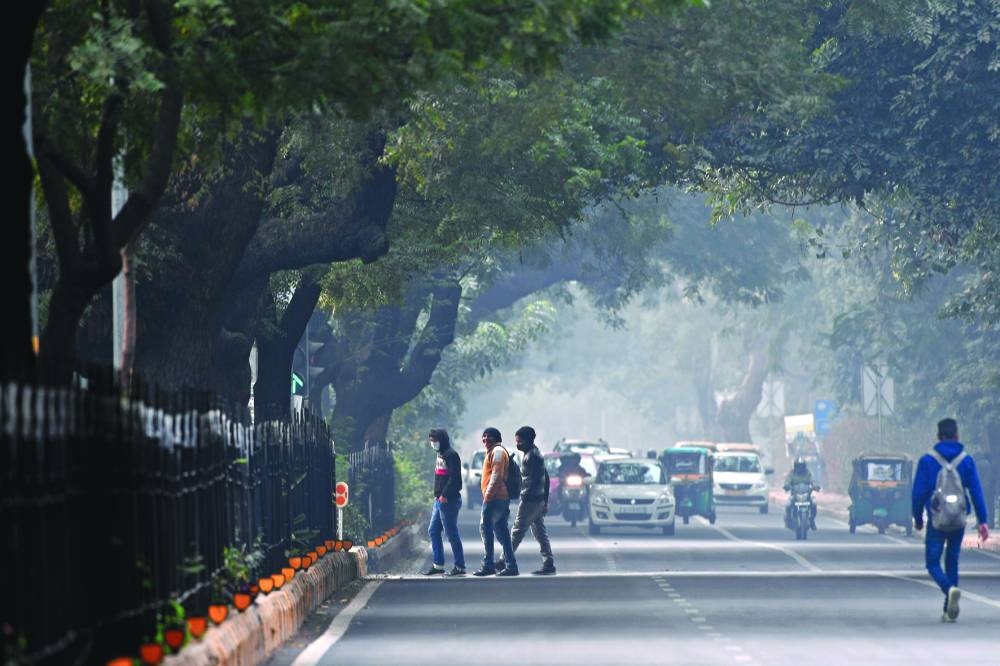New job creation in the GCC for South Asian migrants in 2024 is expected to be constrained by low oil prices while the growth outlook in the region is positive, according to KNOMAD, a World Bank initiative.
In its latest report, the Global Knowledge Partnership on Migration and Development (KNOMAD) said as in 2023, remittances’ growth in South Asia is once again projected to be the highest among low and middle-income countries in 2024, even though it is projected to moderate to 5% in 2024 from 7.2% in 2023.
The overall projection for remittance flows to South Asia in 2024 is $198bn and is likely to be driven by three factors that represent a combination of host-economy and country-specific conditions: a slackening of growth and labour market conditions in South Asian migrants’ high-income host economies, uncertainty related to ongoing global conflicts as well as climate change, which may exacerbate labour market difficulties of South Asian migrants in all host economies, and migrants’ preference for informal over formal channels of money transfer for countries embroiled in economic crises.
The remittance outlook for India for 2024 is strong, KNOMAD said. Growth in remittances is expected to moderate to 8%, taking remittance levels to $135bn in 2024.
This trend will be shaped by labour market conditions and inflation in the main host economies for its high- and less-skilled migrants. The United States, United Kingdom, and Singapore alone account for 36% of India’s remittance flows.
The economic growth outlook for 2024 is lacklustre for the United States and United Kingdom but significantly better for Singapore, while inflation is expected to decline in all three countries according to an IMF report.
With unemployment rates edging up marginally in the United States and United Kingdom and declining in Singapore, remittance flows from India’s highly skilled migrants should be sustained in 2024 barring further fragmentation of commodity markets and geopolitical tensions spawning new global shocks.
Growth in remittances to India will also hinge on developments in the GCC, as almost 29% of the flows originate from its mostly less-skilled migrants employed in the GCC countries.
In 2024, economic growth is projected to recover in the GCC and inflation to drop even further from its already low level.
Both factors bode well for remittances flows to India. In addition, mobile phones and digitalisation have revolutionised India’s fintech ecosystem, which has positive spillovers for Indian migrants and how they remit funds to India.
After two years of double-digit growth, remittance flows to Nepal are projected to moderate and grow at 9%, reaching $12bn in 2024. While economic conditions in the GCC, the main destination for migrants from Nepal, Bhutan, and Maldives, are projected to be positive, low oil prices will restrain large-scale expansion in new hires, thus curbing growth in remittances.
Remittances to Bhutan are projected to stabilise at $75mn (2023 levels).
In Maldives, remittances are expected to fall to the pre-pandemic level of $4mn in 2024 due to mounting debt and fiscal challenges that erode migrants’ confidence and lead them to opt for informal channels of money transfer.
Growth in formal remittances to Bangladesh is projected to remain flat on account of the lingering impacts of the recent balance of payment crisis that triggered exchange controls and led to parallel market exchange rate premia.
Depreciation and exchange rate management policies have led migrants in Bangladesh, Pakistan, and Sri Lanka to take advantage of the black-market premia and transfer funds through informal and formal channels, KNOMAD said.
Remittance flows to Bangladesh are projected to remain at $23bn in 2024. Recovering after two years of a continuous and steep decline, remittance flows to Sri Lanka are expected to continue to increase to $6bn in 2024, although growth is projected to moderate to 11% from its peak in 2023.
In Pakistan, low expectations of a return of positive economic growth as the IMF-supported programme takes effect, are likely to weigh on public confidence, leading remittances to decline by 10% and drop below $22bn in 2024, the World Bank initiative noted.
Business
New job creation in GCC for South Asian migrants may be constrained by low oil prices in 2024: KNOMAD

Commuters cross a road amid smoggy conditions in New Delhi (file). In its latest report, the Global Knowledge Partnership on Migration and Development said as in 2023, remittances’ growth in South Asia is once again projected to be the highest among low and middle-income countries in 2024, even though it is projected to moderate to 5% in 2024 from 7.2% in 2023.

